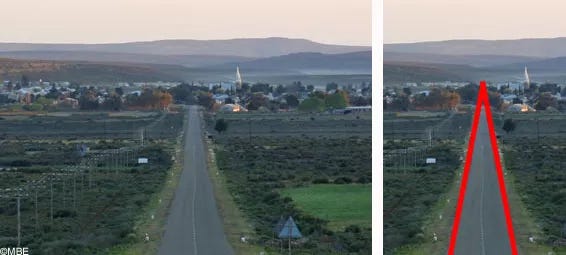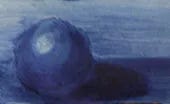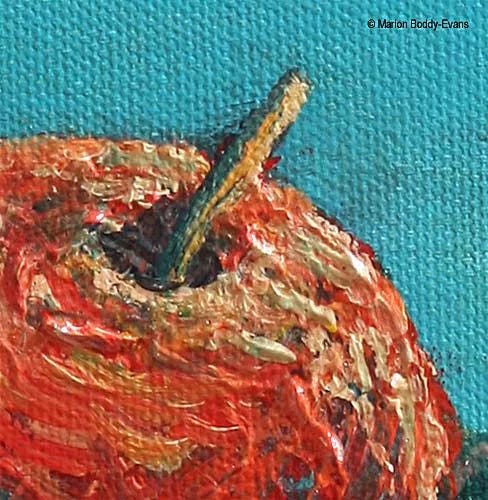Mural Art, Mural Painting, Ceiling Mural, Mural Street Art, Mural Wallpaper, Jasa Mural, Wallpaper Mural, Jasa Lukis Dinding, Jasa Gambar 3D, Mural Café, Jasa Lukis Mural, Wallpaper 3D, Jasa Lukis Tembok, Jasa Graffiti, 3D Trick Art.

You’ve seen the painting in your mind’s eye, you’ve plotted out the composition, mixed your colors, and put brush to canvas, yet the result remains disappointing regardless of what you attempt and how long you spend on it. Don’t channel your energy into despair if you can’t get your paintings to look realistic enough, but use it to motivate you. Think of it as a marathon not a sprint, that you need to train (acquire artistic technical skills) and endurance (if at first you don’t succeed, try and try again). Here are some tips on how to achieve greater realism in your paintings.
01. Check the Perspective

If the perspective and proportions in your underlying sketch on the canvas weren’t correct, it won’t magically fix itself as you paint (no matter how much we wish it would!). On the contrary, further errors are more likely to creep in as you paint.
Put down your brushes and take the time to recheck everything in the composition. And I mean everything. Do not be precious about the “good bits” in your painting you’re so proud about and do not try to fiddle the perspective in order to retain a “good bit”. It doesn’t work. Reconcile yourself to the fact that if something is not right, the whole needs to be reconsidered and reworked and trust in yourself that you do have the ability to repaint it. You’re not a one-hit wonder, you will create new “good bits”.
How-to: If the paint is still wet, scratch into it with a brush handle or painting knife to mark the accurate perspective. Rework the paint with a knife, either scraping it off and starting again, or moving what’s already in the painting around. If it’s dry, mark it with a pencil (can be hard to see) or thin paint, then paint anew on top.
Another approach is to check and rework as you go, starting with the focal point in the painting and working outwards across the composition. This approach requires more self-discipline as you must keep at it, not get carried away with the joy of painting only to discover later on you missed a bit.
02. Consider the Light Direction & Shadows

Stand back a bit so you can easily see the whole painting, then take it back to the fundamentals in terms of tone and shadow, which create the sense of form and light direction.
The first question to ask: What direction is the light coming from?When you’ve established this, look at every highlight and shadow (both form and cast shadows) to access whether they are correct for the direction of the light. Being inconsistent undermines the illusion of reality in your painting, contributing to that “something’s not right” feeling that can be hard to pinpoint.
03. Compare the Level of Detail

When we look at a landscape, we see individual leaves in a tree close to us but in the trees in the distance they blend together, we don’t actually see the individual leaves even though we know they’re there. Likewise, in a painting what is closest should have the greatest level of detail and things furthermost back in the composition should have the least. Dividing the composition into the foreground, middle ground, background, and having different levels of detail in each creates the illusion of distance.
How-to: Adding detail is about patience and observation. Give yourself permission to spend lots of time on it, and don’t expect it to be painted in an instant. Look at the subject you’re painting constantly, so you’re painting fresh and reinforced information, not imagination or what your brain thinks it knows.
If you’ve too much detail in an area, glazed over it with a semi-transparent or even a thinly spread opaque color (velatura) to obscure some of the detail. Don’t block it out completely with an opaque color; the underneath layers add a richness and depth.




1 Komentar untuk "3 Ways to Make a Painting Look More Realistic"
Thanks a lot for sharing such a good information where you can understand the different types of door wallpaper that can help you to decorate your homes.